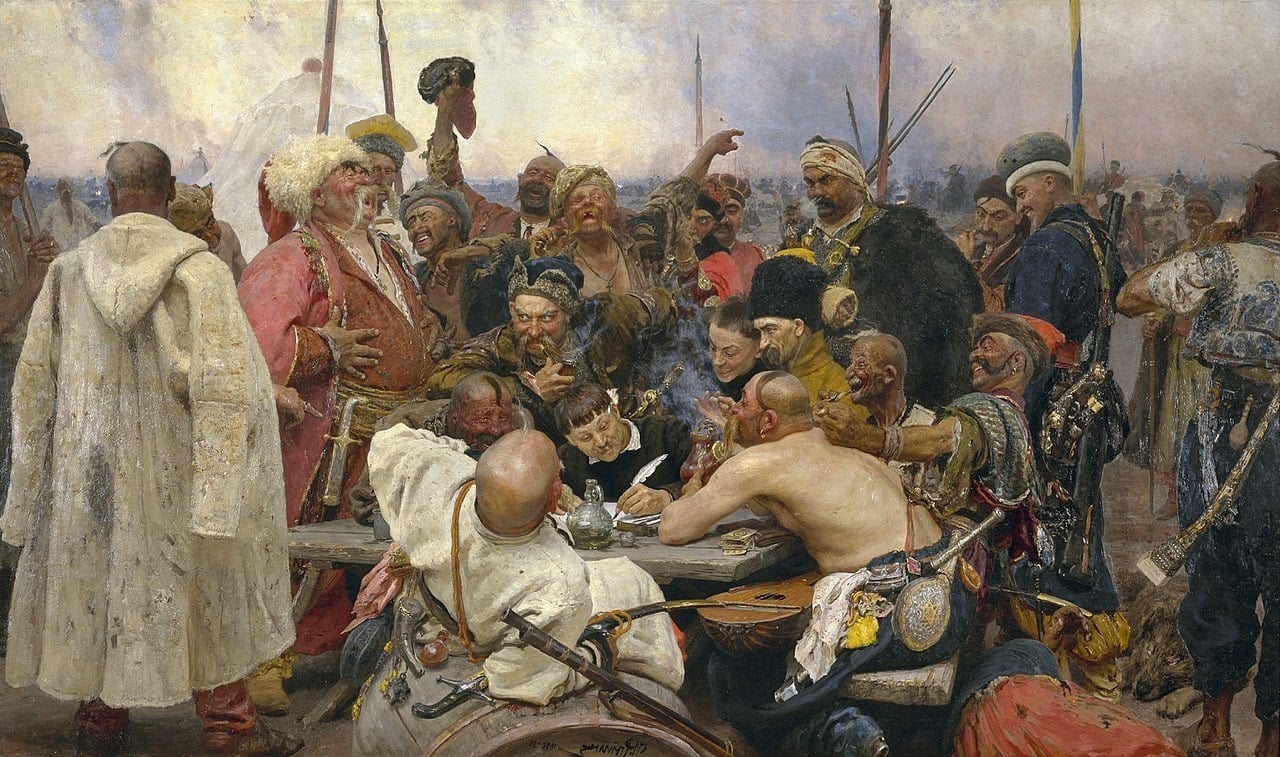- cross-posted to:
- programmer_humor@programming.dev
- cross-posted to:
- programmer_humor@programming.dev
I love SIGBOVIK - truly some insane projects are presented there. Like Tom Murphy’s projects of creating a hard drive from pings, or using AI to create uppest and lowest case letters. Or reverse emulating a Nintendo (which is a particular favorite of mine).
One other project that I really love was presented at the 2021 Sigbovik: Fontemon, created by Michael Mulet. It’s a full-blown choose-your-own-adventure game in a font. Truly insane. Here’s a short video showing the basics of how it works: https://www.youtube.com/watch?v=VY1hDQMeU3A
Aka our OCR software is insanely inaccurate.
It’s interesting that mapping random noise to characters via OCR generally produces valid perl… but I always hated how they phrased the title of this experiment since it’s obviously bullshit. Essentially, a good interesting experiment made less interesting by a sensationalist title.
It’s whimsical, Leland.
Whimsical is awesome - but be upfront about what’s going on. It’s interesting enough without an overly sensational title.
Perl programs are, by definition, text. So “paint splatters are valid Perl” implies that there’s a mapping from paint splatters to text.
Do you have a suggested mapping of paint splatters to text that would be more “accurate” than OCR? And do you really think it would result in fewer valid Perl programs?
“Feeding garbage to OCR” is a really boring way of generating text. I was assuming it would be something more interesting, like creating a symbolic representation of the splatters and generating text from that. Using OCR is basically piping /dev/urandom to perl and seeing what happens. The fact that they’re valid perl programs is worth a laugh but the generation method is totally uninteresting.
I agree that a symbolic representation of the splatters would probably be more interesting. The whole point is that random character sequences are often valid Perl, though, so changing the generation method wouldn’t change that aspect.
The whole point is that random character sequences are often valid Perl
When I read the headline I also assumed “valid Perl program” meant it did something interesting. I was expecting to read an article about an interesting image to text conversion process that produced non-trivial Perl programs.
I think it’s okay to relax a little when we’re just having a bit of fun.



